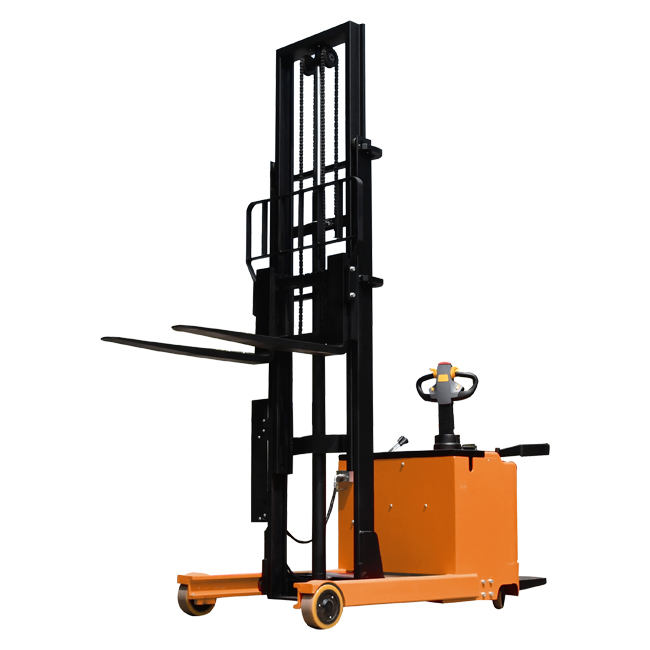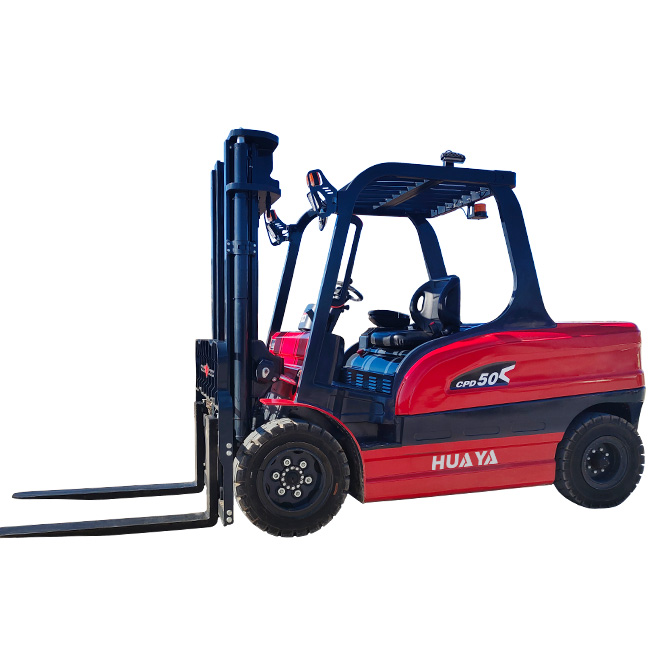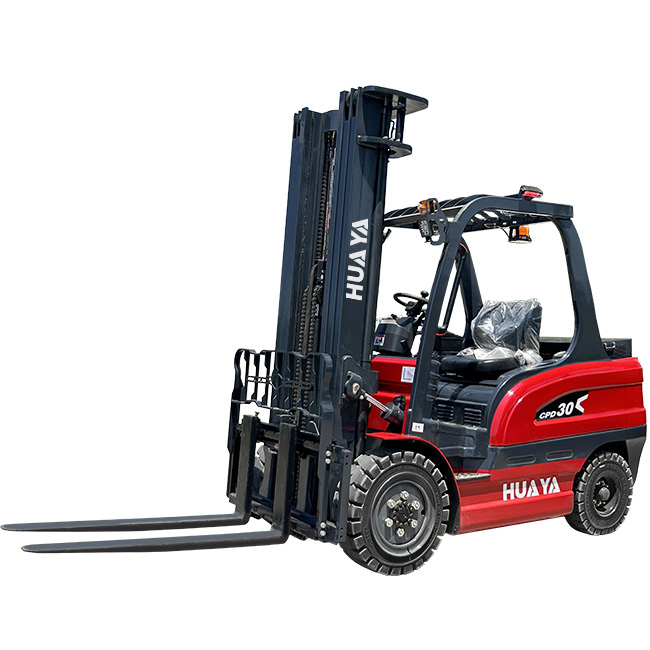Can emissions from a reach truck cause health problems?
11 Aug 2025
Let’s talk about something that doesn’t usually come up in coffee shop conversations but should—the air you’re breathing while working around reach trucks. Whether you’re in a warehouse, distribution center, or manufacturing plant, these machines are part of the daily hustle. But here’s the question: could the emissions they produce be messing with your health?
What Exactly Is Coming Out of That Reach Truck?
First, a quick breakdown. Not all reach trucks are created equal. Electric models? Pretty clean—no exhaust pipes pumping out fumes. Internal combustion (IC) models, though, are a different story. They often run on diesel, LPG, or gasoline, which means that exhaust emissions, including carbon monoxide (CO), nitrogen oxides (NOx), and particulate matter, are part of the package.
You don’t need to be a scientist to know breathing in that cocktail for hours every day isn’t exactly good news. These emissions can accumulate indoors—especially in poorly ventilated spaces—leading to air quality issues that are easy to ignore until you start feeling off.
The Health Risks You Might Be Overlooking
Here’s the deal: prolonged exposure to reach truck emissions can take a toll on your body. It’s not always dramatic. Sometimes it starts with mild headaches, dizziness, or fatigue—symptoms that could easily be brushed off as “just tired from work.”
But the risks can be more serious:
Respiratory problems – Wheezing, chronic coughing, or even asthma-like symptoms from inhaling particulate matter.
Cardiovascular strain – Some pollutants can increase the risk of heart problems over time.
Carbon monoxide danger – High levels can be life-threatening, and low-level exposure can still affect concentration and reaction times.
The thing is, these issues can creep up quietly. By the time you realize something’s wrong, the exposure has been going on for months or years.
Indoor Spaces Make It Worse
Operating a reach truck inside a massive warehouse might feel “safe” because of all that open space, but emissions don’t just disappear. Without strong ventilation systems, pollutants can linger in the air and gradually accumulate.
In cold climates, when warehouse doors stay closed, the problem intensifies. Workers are breathing the same indoor air for hours, and if multiple IC forklifts or reach trucks are running, the air quality can tank fast.
Spotting the Warning Signs
If you’re around IC reach trucks regularly, keep an eye out for these signs—both in yourself and your co-workers:
Headaches that fade when you leave the worksite.
Dizziness or lightheadedness during shifts.
Unusual fatigue or difficulty concentrating.
Persistent cough or shortness of breath.
These could be the first red flags that your workplace air quality isn’t up to par.
The Safer Options
One way many companies are tackling the problem is by switching to electric reach trucks. They run on batteries, so they don’t pump exhaust into the air. They’re quieter, too—your lungs and ears will thank you.
If making the switch isn’t an option yet, there are still steps to take:
Boost ventilation – More fresh air circulation can dilute harmful gases.
Regular maintenance – Well-tuned engines produce fewer emissions.
Monitor air quality – Using CO detectors and air sensors keeps invisible threats visible.
Can emissions from a reach truck cause health problems? Absolutely. Especially if it’s an internal combustion model running in an enclosed space with weak ventilation. The risks might not be obvious at first, but the impact on your respiratory and overall health can be significant over time.
The good news? With better awareness, smarter maintenance, and—ideally—a shift toward electric models, you can protect both productivity and people. Because in the end, your health should never be the price you pay for a hard day’s work.




